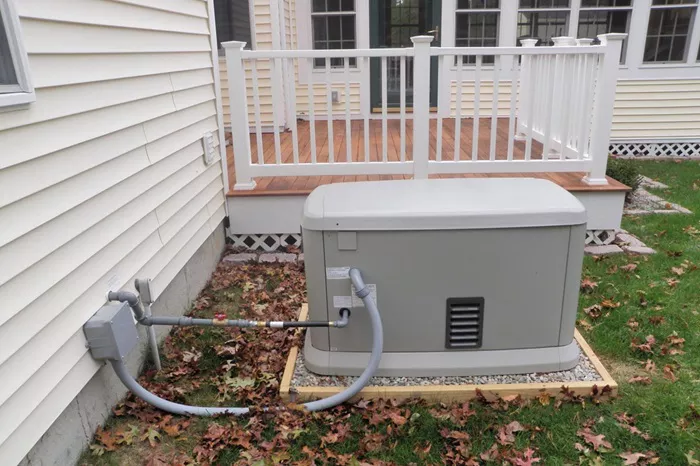Choosing the right wattage for a home generator is crucial to ensure your household runs smoothly during a power outage. Picking a generator that’s too weak can leave you without essential appliances, while one that’s too powerful may waste fuel and money.
In this guide, we’ll break down how to determine the best wattage for your home generator, explain key electrical concepts, and help you make an informed decision.
Understanding Generator Wattage Basics
Before selecting a generator, you need to understand two key wattage measurements:
Running (Rated) Wattage : The continuous power a generator supplies.
Starting (Surge) Wattage : The extra power needed when appliances first start up (usually 2-3 times higher than running wattage).
For example, a refrigerator might need 700 watts to run but 2,100 watts to start. If your generator can’t handle the surge, the fridge won’t turn on.
How to Calculate Your Home’s Power Needs
To find the right generator size, follow these steps:
List Essential Appliances
Identify which appliances you need during an outage. Common essentials include:
- Refrigerator (700W running, 2,100W starting)
- Sump pump (800W running, 2,300W starting)
- Lights (60W per bulb)
- Furnace fan (800W running, 2,300W starting)
- Microwave (1,000W)
- TV (200W)
- Laptop (50W)
Add Up Running and Starting Wattage
Calculate the total running watts of all devices you’ll use simultaneously. Then, identify the highest starting wattage among them.
Example Calculation:
- Refrigerator (700W running)
- Furnace fan (800W running)
- Lights (100W total)
- TV (200W)
- Total Running Watts = 1,800W
- Highest Starting Watts (fridge) = 2,100W
- Total Generator Needed = Running Watts + Highest Starting Wattage = 1,800W + (2,100W – 700W) = 3,200W
This means you’d need at least a 3,500W generator to handle the load.
Recommended Generator Sizes for Different Homes
The right wattage depends on your home size and power needs:
Small Apartment or Minimal Power Needs (1,000–3,000W)
- Powers basics like lights, fridge, phone charger, and a fan.
- Best for short outages or small households.
Medium-Sized Home (5,000–8,000W)
- Handles essentials plus a well pump, furnace, or window AC.
- Good for most suburban homes.
Large Home with Central AC (10,000–20,000W)
- Powers everything, including central air conditioning, electric water heater, and multiple large appliances.
- Requires a standby generator for automatic power during outages.
Portable vs. Standby Generators: Which Is Right for You?
Portable Generators (1,000W–10,000W)
Pros: Affordable, movable, good for short outages.
Cons: Requires manual setup, runs on gasoline, not ideal for whole-house power.
Standby Generators (7,000W–20,000W+)
Pros: Automatic power transfer, runs on propane/natural gas, powers entire home.
Cons: Expensive, requires professional installation.
Additional Factors to Consider
Fuel Efficiency
Higher-wattage generators consume more fuel. If you only need essentials, a smaller unit may save costs.
Noise Levels
Portable generators can be loud (60–80 dB). Inverter generators are quieter (50–60 dB).
Transfer Switch Requirement
For safety, a transfer switch prevents backfeeding into utility lines, protecting repair crews.
Future Power Needs
If you plan to add more appliances, buy a slightly larger generator to accommodate growth.
Final Recommendation
For most homeowners, a 7,500W–10,000W portable generator or a 12,000W–20,000W standby generator provides the best balance of power and efficiency.
Small homes: 3,000W–5,000W
Medium homes: 7,500W–10,000W
Large homes: 12,000W+ (standby recommended)
Always check appliance labels for exact wattage and consult an electrician if unsure.
Conclusion
Choosing the right generator wattage ensures you stay comfortable during outages without overspending. By calculating your power needs and understanding generator types, you can make a smart decision that keeps your home running smoothly.
Would you like recommendations for specific generator models? Let us know in the comments!

